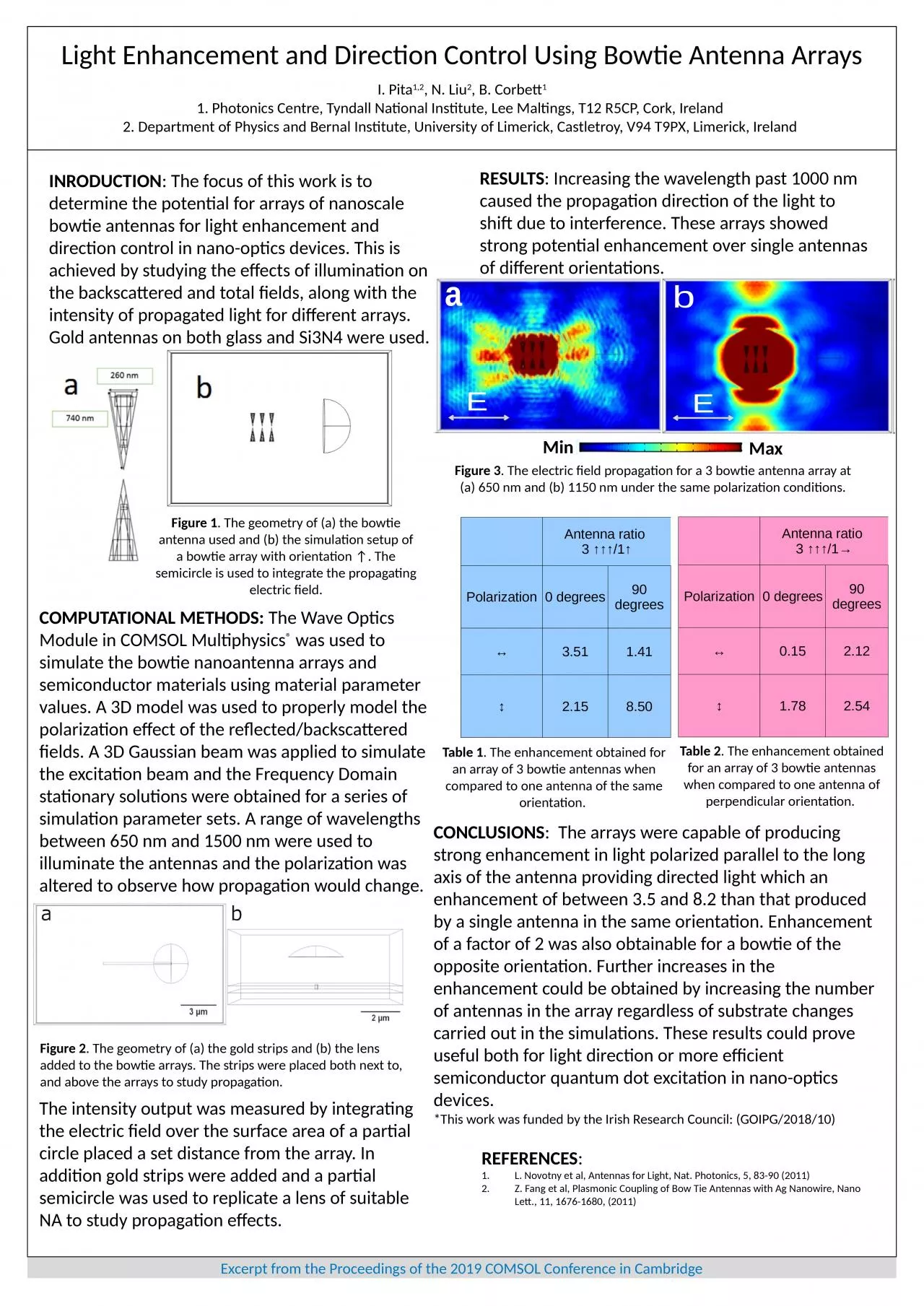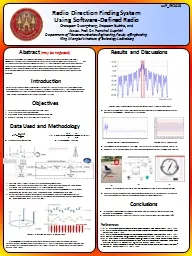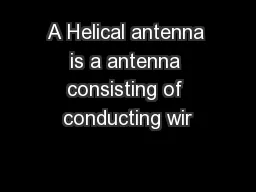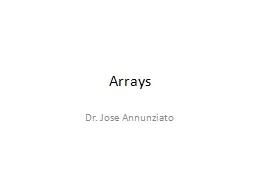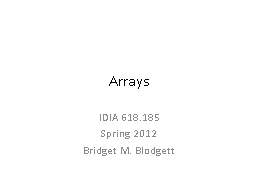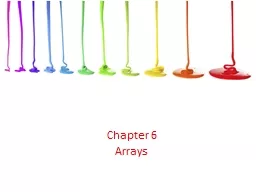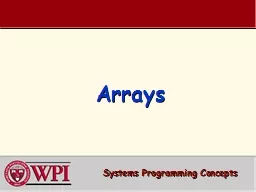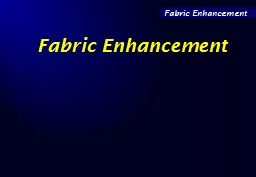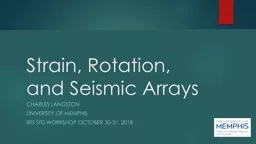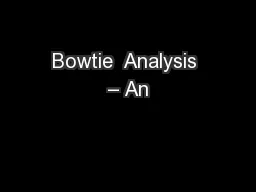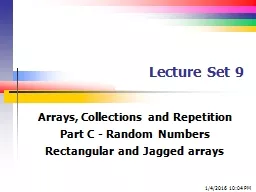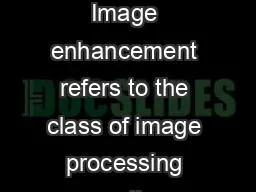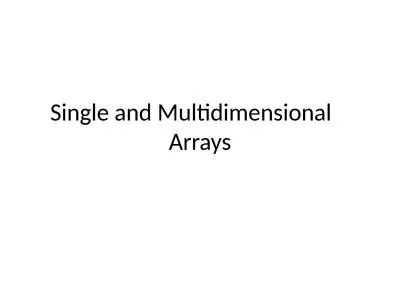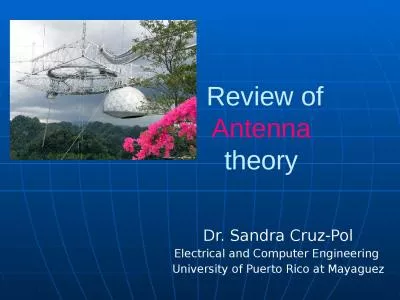PPT-Light Enhancement and Direction Control Using Bowtie Antenna Arrays
Author : margaret | Published Date : 2023-11-08
I Pita 12 N Liu 2 B Corbett 1 1 Photonics Centre Tyndall National Institute Lee Maltings T12 R5CP Cork Ireland 2 Department of Physics and Bernal
Presentation Embed Code
Download Presentation
Download Presentation The PPT/PDF document "Light Enhancement and Direction Control ..." is the property of its rightful owner. Permission is granted to download and print the materials on this website for personal, non-commercial use only, and to display it on your personal computer provided you do not modify the materials and that you retain all copyright notices contained in the materials. By downloading content from our website, you accept the terms of this agreement.
Light Enhancement and Direction Control Using Bowtie Antenna Arrays: Transcript
Download Rules Of Document
"Light Enhancement and Direction Control Using Bowtie Antenna Arrays"The content belongs to its owner. You may download and print it for personal use, without modification, and keep all copyright notices. By downloading, you agree to these terms.
Related Documents

